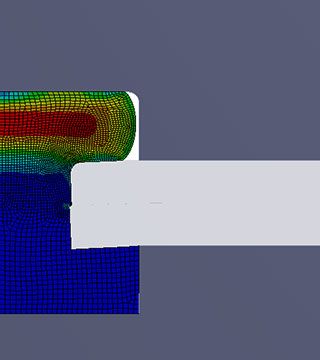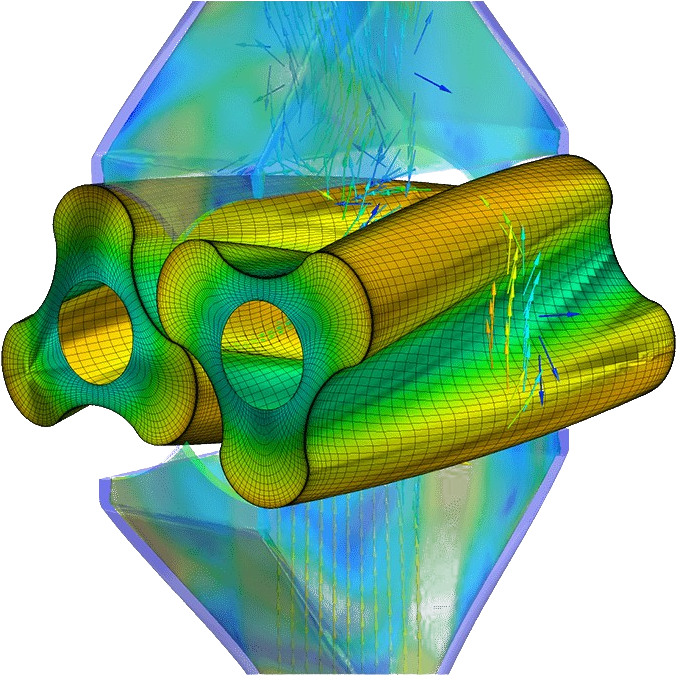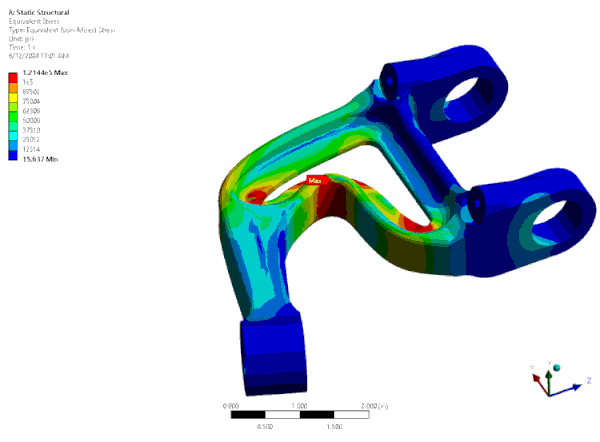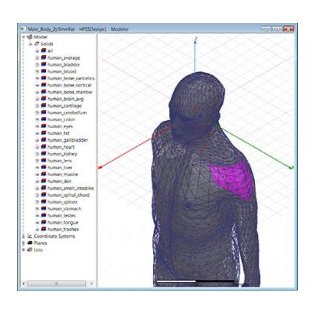Mesh Modifications & Remeshing in Ansys Mechanical Workbench
 With the combination of increased CPU speed and advances in simulation algorithms, nonlinear analyses have become more mainstream. Now reliable and quicker to solve, this article will review advanced Ansys remeshing and the necessary command adaptions to get you rolling. One example of the advancement of algorithms is the mesh Nonlinear Adaptivity (NLAD) capabilities in Ansys® Mechanical™ Workbench™ and MAPDL (Classic Ansys).
With the combination of increased CPU speed and advances in simulation algorithms, nonlinear analyses have become more mainstream. Now reliable and quicker to solve, this article will review advanced Ansys remeshing and the necessary command adaptions to get you rolling. One example of the advancement of algorithms is the mesh Nonlinear Adaptivity (NLAD) capabilities in Ansys® Mechanical™ Workbench™ and MAPDL (Classic Ansys).
Nonlinear Adaptivity in Ansys Mechanical
Nonlinear adaptivity refers to the capability of the FEA solution process to adapt to changing conditions during a nonlinear analysis. The solution process uses a feedback mechanism to discretely or continuously adjust some internal parameters automatically so that an accurate and convergent solution is obtained.
Adaptive meshing is an example of an adaptive process. For instance, in highly nonlinear problems, excessive calculated deformation can cause analyses to fail due to poorly shaped elements. In these cases, a remesh in the middle of the nonlinear solve can return the mesh back to well-shaped elements and allow the solve to continue. In many cases, this is the only way to get a high deformation solve to converge properly.
Examples include industrial applications involving:
- Extrusion – The billet undergoes excessive deformation due to the flow of material into the die.
- Gasket sealing – The gasket material is forced into narrow cavities to create a seal (a process known as gap filling).
- Fracture mechanics – Localized high-stress and high-deformation fields around the crack-tip area can lead to part failure.
Ansys Remeshing | Local and Global Remeshing Support
Nonlinear mesh adaptivity automatically modifies the mesh based on specified criteria. Mesh modifications occur by splitting and/or morphing or by general Ansys remeshing. Loads, boundary conditions, contact conditions, solutions variables, etc., are seamlessly transferred to the new mesh as the solution progresses. The capability supports both local and global remeshing.
To learn more about how mesh NLAD works, view our short YouTube video that walks through a demonstration of a rivet being created to clamp two pieces of steel together.
For a more comprehensive look at mesh NLAD, consider viewing our hour-long webinar:
Mesh Nonlinear Adaptivity (NLAD) Overview
If you’re interested in implementing mesh NLAD into your engineering process, contact us to discuss this in more detail.





